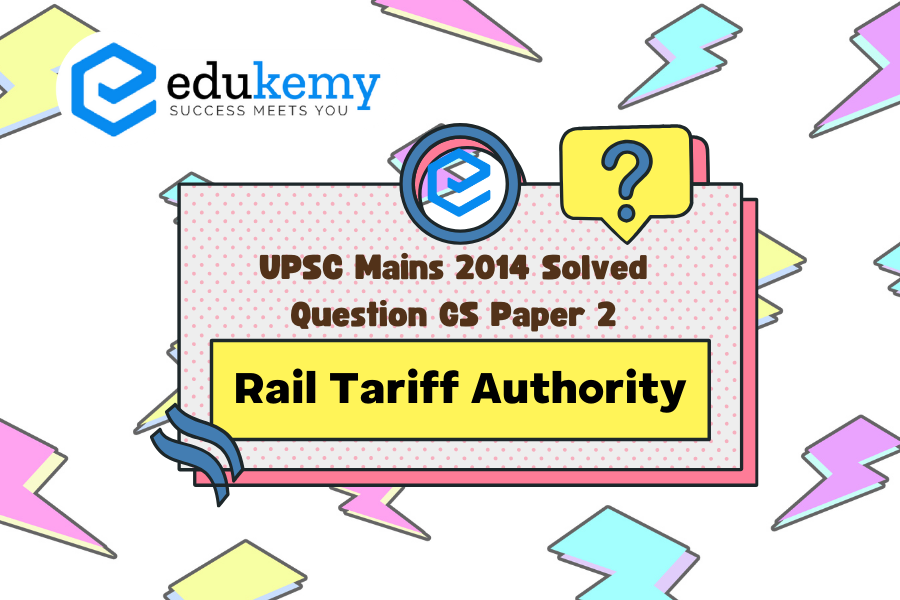The proposal to establish a Rail Tariff Authority to oversee fare regulation brings forth significant implications for the financially burdened Indian Railways. With the potential imposition of subsidies to uphold non-profitable routes and services, the railways face a daunting fiscal challenge. Drawing parallels from the power sector’s experience, where similar reforms have been implemented, it becomes crucial to assess who stands to gain from this proposition: consumers, the Indian Railways, or private container operators. Historically, in the power sector, such regulatory mechanisms often led to increased financial strain on the government, as subsidies were required to sustain essential services. Consumers, while potentially benefiting from regulated tariffs, could also bear the brunt of any resultant fiscal burdens through indirect means such as taxes. For the Indian Railways, while fare regulation may alleviate short-term financial pressures, the long-term sustainability remains uncertain, especially if subsidies become a recurring necessity. Private container operators may find themselves in a favorable position if the reform fosters a more competitive pricing environment or enables streamlined operations. However, uncertainties regarding the extent of regulatory oversight and its impact on market dynamics warrant careful consideration. Thus, while the proposed reform intends to address fare regulation, its broader ramifications necessitate a comprehensive evaluation to determine its true beneficiaries and implications.
Tag: Statutory, regulatory and various quasi-judicial bodies.
Contents
Decoding the Question:
- In the Introduction, briefly write about RTA and its requirements.
- In Body, write various benefits and issues with the RTA.
- In Conclusion, write the overall importance of having RTA.
Answer:
Rail Tariff Authority (RTA) was set up to advise the government on fixing fares and freight. The authority considers the requirements of the Railways and engages with all stakeholders to usher in a new pricing regime through a transparent process. The RTA (Rail Tariff Authority) has been constituted to engage with all the stakeholders, including Railways, consumer groups, container operators etc before it advises the government on determination of fares and freight rates. Other than rationalizing the fare structures, the RTA has also been given the responsibility of increasing the quantum of freight sent in Railways and also reduce cross subsidization.
Benefits of Rail Tariff Authority:
- It is the first step towards depoliticizing rail fares and inducing reforms aimed at pulling the cash-strapped railways out of the financial crisis.
- The authority can recommend fare revision from time to time after considering input cost and volatile market conditions.
- It can advise the central government on the fixation of tariff, based on the cost of operations and factors impinging it, to help generate requisite surpluses for healthy growth in the future.
- The Authority will not only consider requirements of the Railways but also engage with all stakeholders to usher in a new pricing regime through a transparent process. It will help the consumer, Indian railways (ameliorate the condition of railway services) as well as the private sector.
- The consumer will get efficient, fast, and comfortable service, which are gradually reaching an unsustainable level due to subsidized rates.
Issues and Challenges:
- The recommendation of the authority, which would be set by an executive order, cannot be mandatory for railways as, according to existing law, only the Railway Board, and not any outside body, can fix tariffs.
- The authority can be given mandatory powers only after the amendment of the Railway Act, 1989, in Parliament.
- The setting up of such an authority will institutionalize a regulatory mechanism at arm’s length for pricing of passenger and freight services.
Thus, while detrimental to consumers, the RTA’s probable actions, though perfect valid, will be beneficial to Railways and private container operators. The RTA is expected to lead an era of rationalization of fares and freight structures for improving the fare-freight ratio and gradually bringing down cross subsidisation between different segments. According to Railways, this would go a long way towards improving the financial health of the national transporter which will lead to growth to match expectations of the nation and provide stability by minimising volatility of market condition.
In case you still have your doubts, contact us on 9811333901.
For UPSC Prelims Resources, Click here
For Daily Updates and Study Material:
Join our Telegram Channel – Edukemy for IAS
- 1. Learn through Videos – here
- 2. Be Exam Ready by Practicing Daily MCQs – here
- 3. Daily Newsletter – Get all your Current Affairs Covered – here
- 4. Mains Answer Writing Practice – here


